In this article, we will take a look at two of the most popular image optimization tools: Optimizilla and Squoosh.
What is image optimization?
Image optimization is the process of reducing the file size of images without significantly compromising quality.
Optimizing images can help improve resource load time, speeding up images rendering on a page. This involves techniques such as compression, resizing, and selecting an image file format that's better suited for websites.
An introduction to Optimizilla
Optimizilla is an online image optimizer that uses lossy compression to minimize the file size of JPEG, GIF, and PNG images.
It's easy to use and you can upload and compress up to 20 images at once. You can then adjust the quality for each image when selected with sliders. The images can then be downloaded in a zip file or downloaded individually.
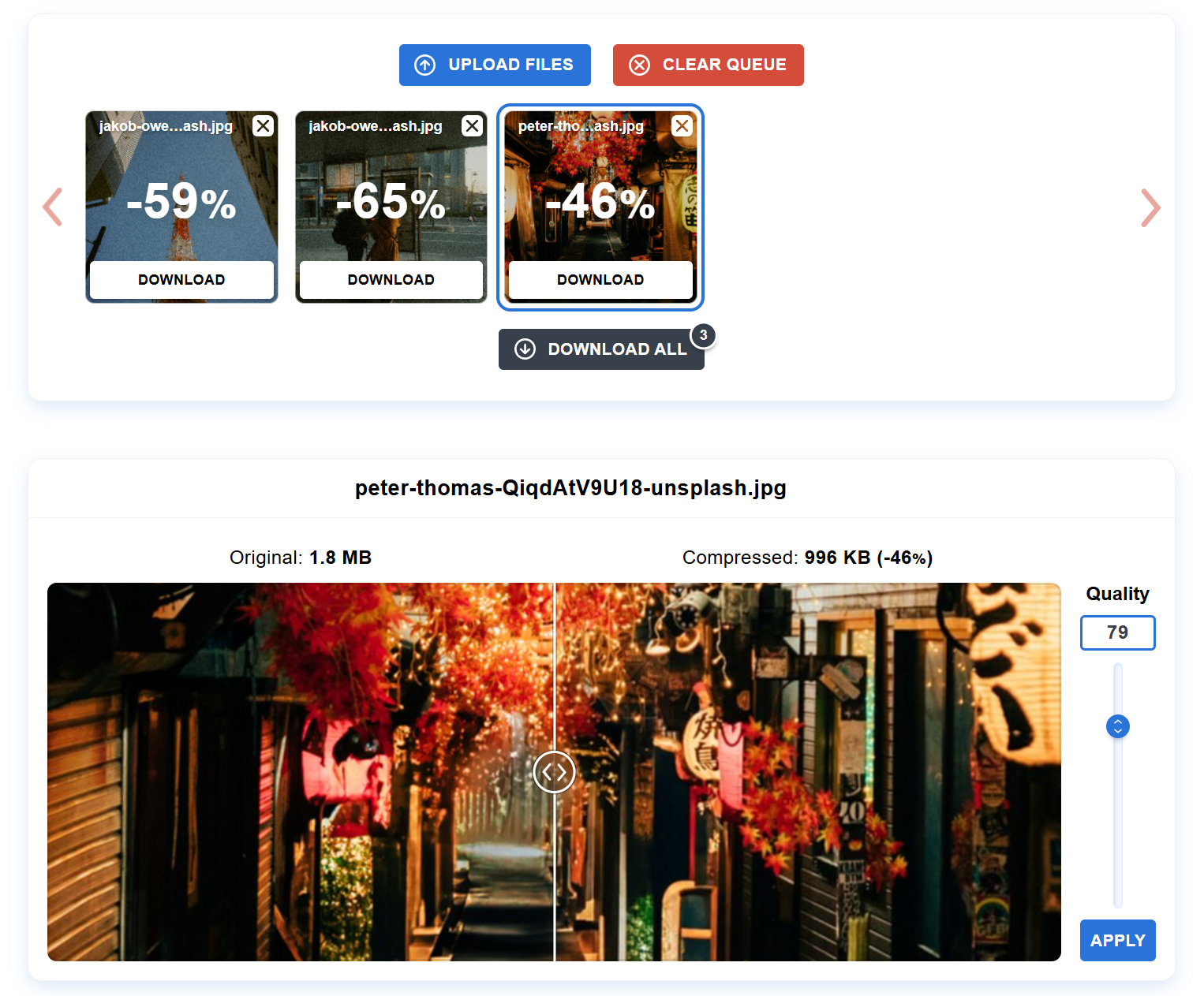
Compressing images with Squoosh
Squoosh is an online image compression tool developed by Google. It supports a wide range of image formats, including JPEG, PNG, WebP, and AVIF.
Squoosh offers advanced settings, such as adjusting compression levels, resizing, and changing color depth. It's a suitable tool for both developers and designers due to the wide range available features. There's also a desktop app that does not require an internet connection.
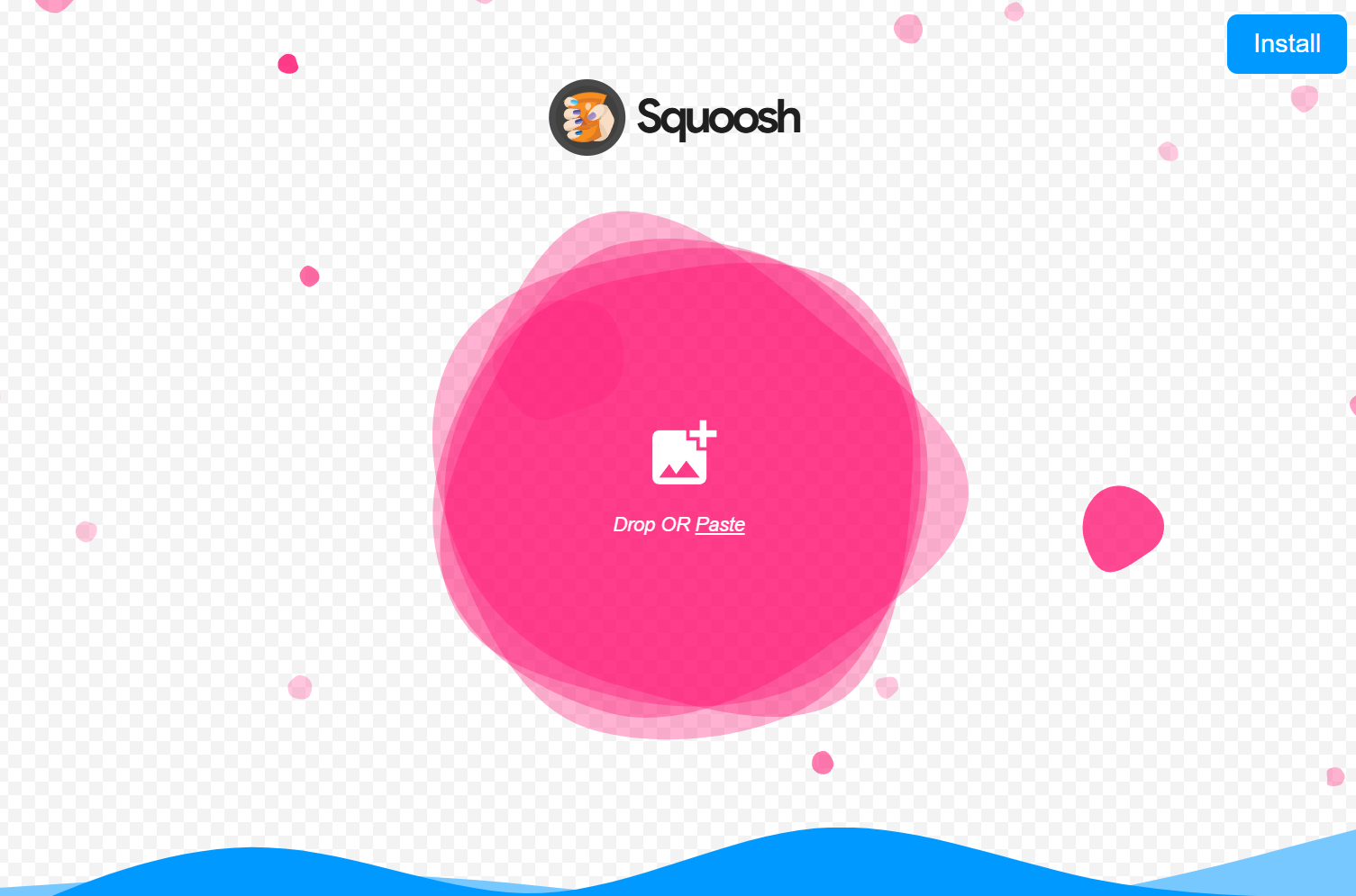
Comparing Optimizilla and Squoosh
Let’s compare some key features and differences between Optimizilla and Squoosh to see which is most suitable for your needs.
Image uploads
Squoosh only allows you to optimize one image at a time, which could be a time issue if you have many images to compress.
Whereas with Optimizilla, up to 20 images can be uploaded and optimized at once. If you’re looking to optimize multiple images at the same time, Optimizilla would be the fastest solution. Each image can be previewed and adjusted on a single page.
Privacy
When uploading images for compression to Optimizilla, the images are sent to their server. Their unmanned system then purges all data after one hour.
Squoosh images are all handled inside the browser and all image compression processes locally. Overall, Squoosh provides a better privacy guarantee.
Image formats
Optimizilla offers only three formats: JPEG, PNG and GIF. Modern image formats such as AVIF and WEBP are notably absent.
On the other hand, Squoosh supports all the aforementioned formats and more. However, an animated GIF cannot be compressed.
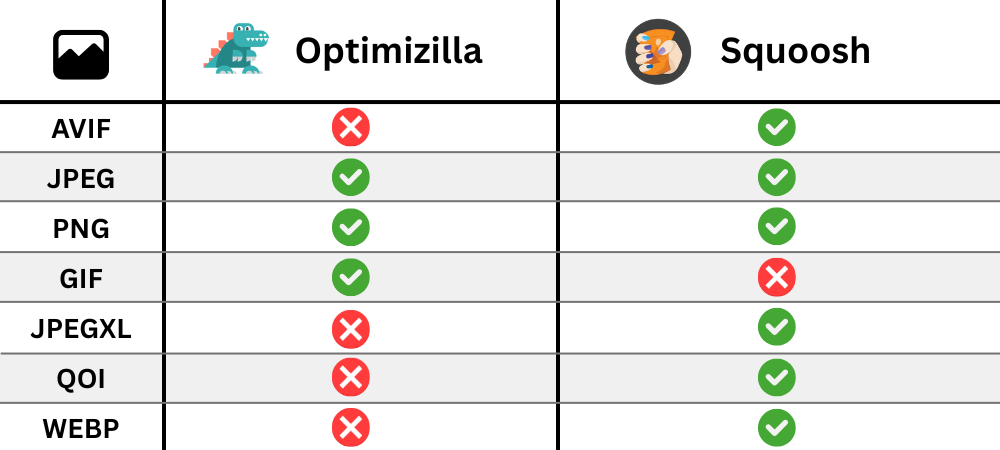
Configurability
As mentioned previously, Optimizilla is a quick solution and lacks some configuration features. There are quality and color customization sliders depending on the image format. When uploading a JPEG image, a quality slider is available:
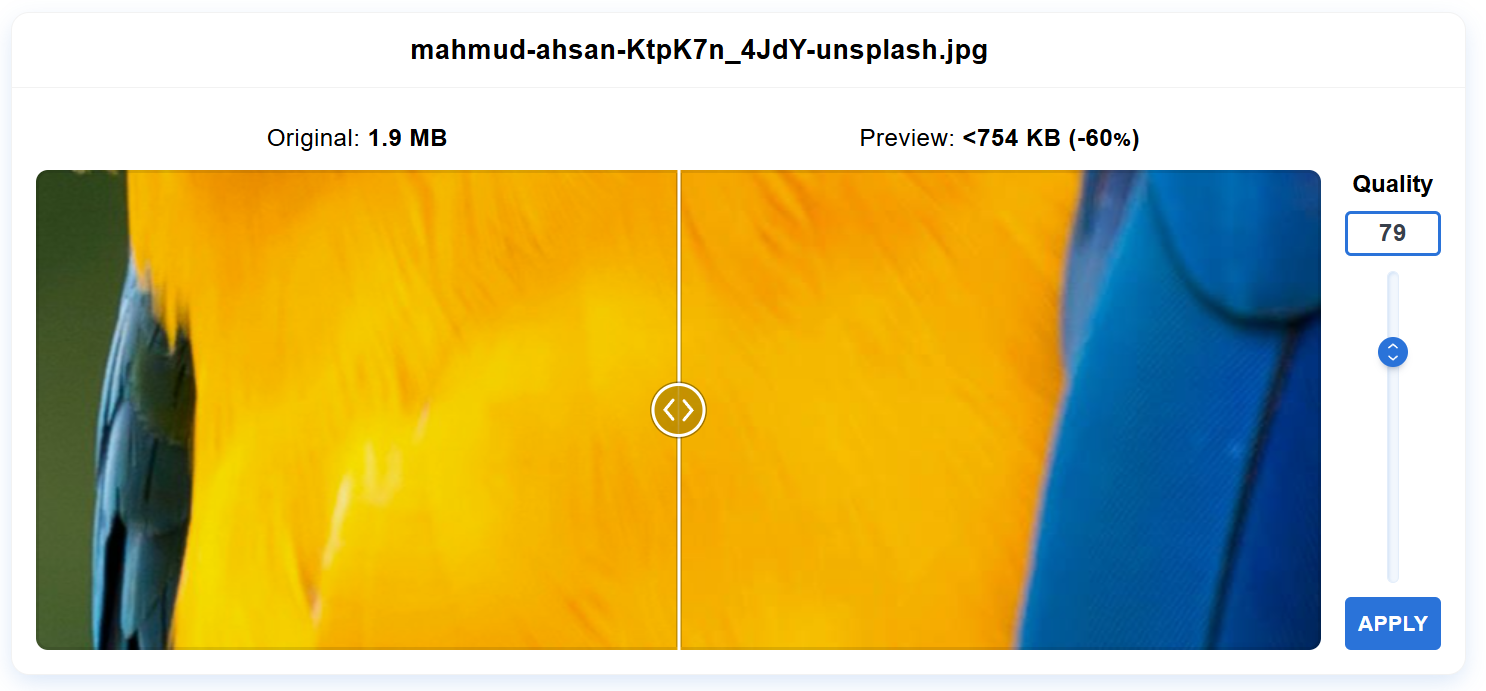
However, when uploading a PNG image, a color slider is available:
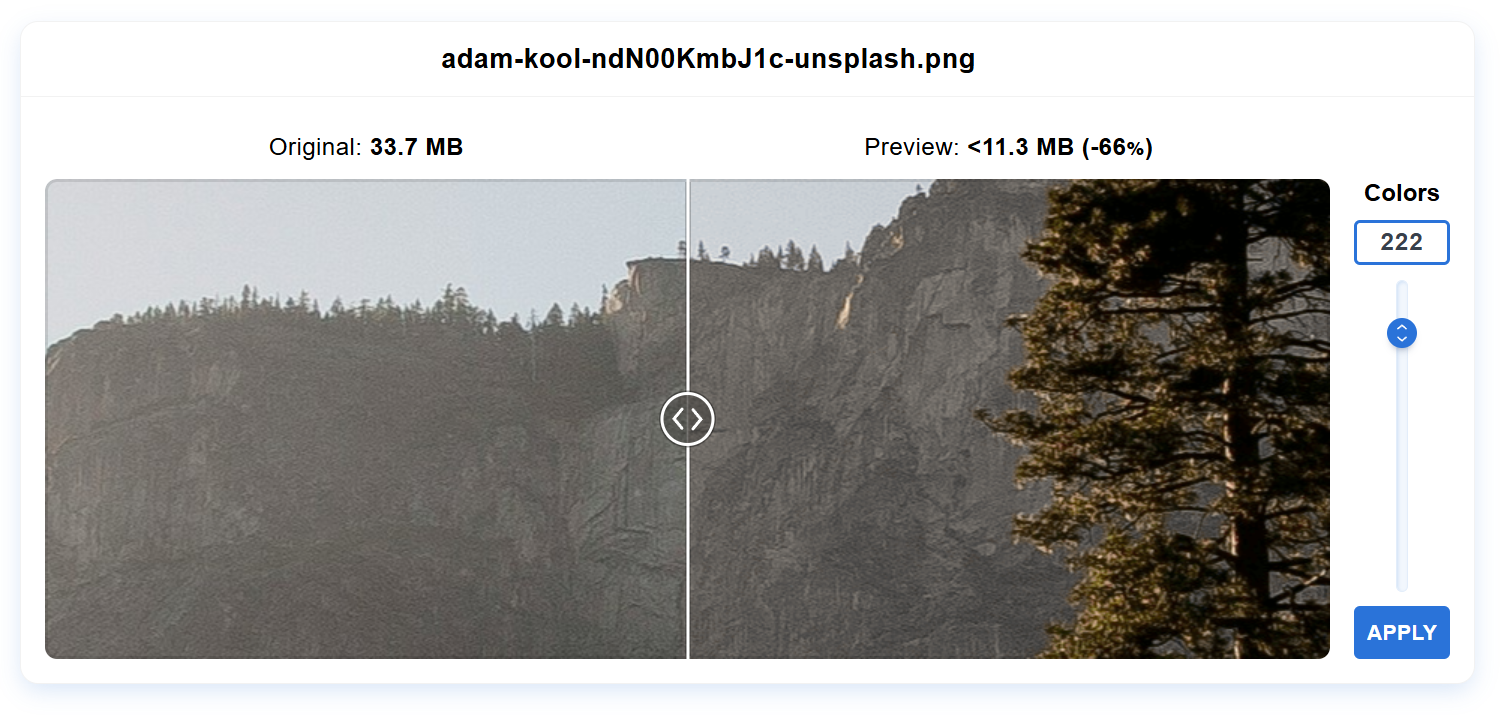
Squoosh offers more configuration options to the user, including file conversion and image resizing. The color slider is also available. If you are looking to enhance and edit the image, then there are advanced settings for designers.
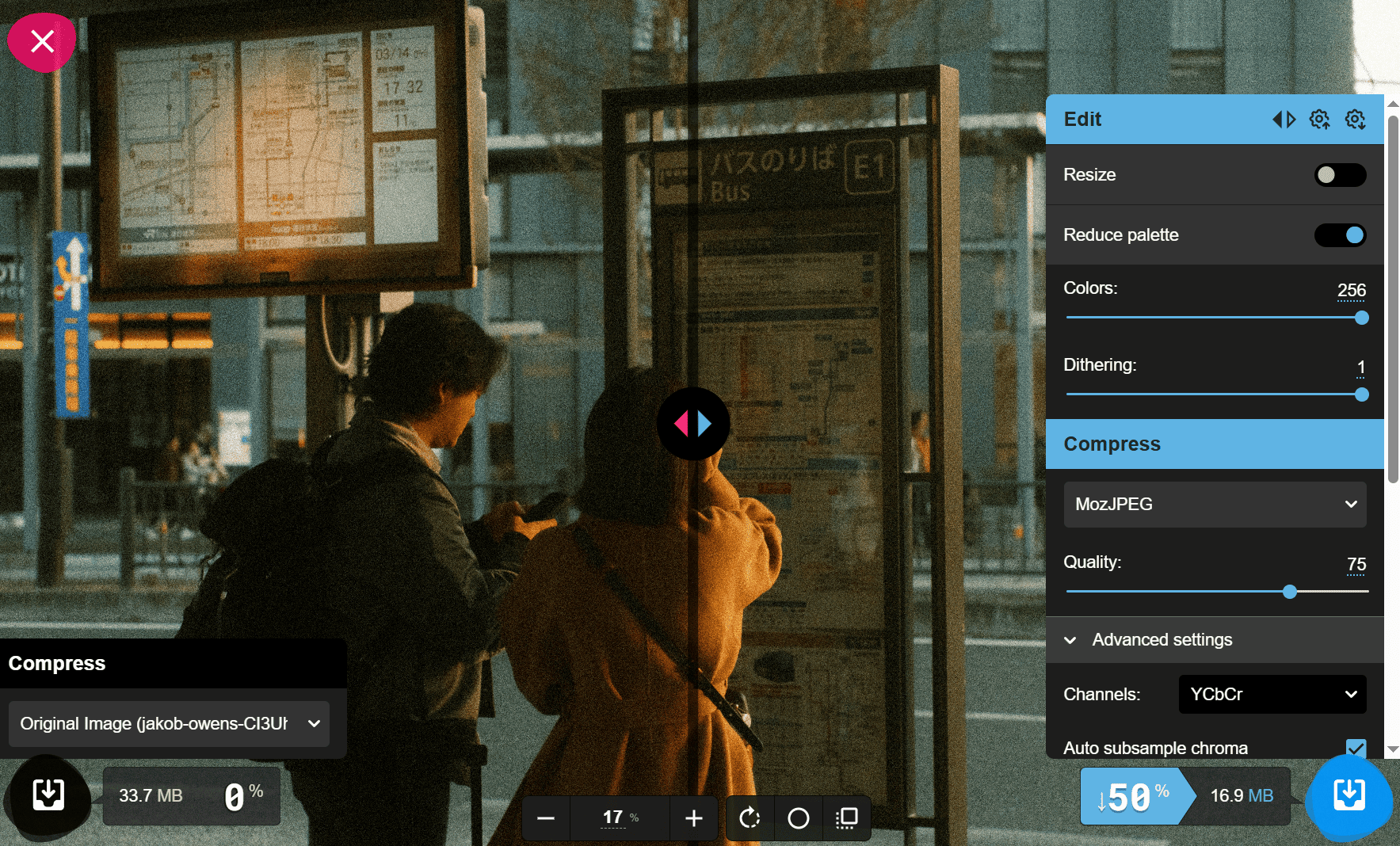
Compression results
Let’s take a look at how compression looks across both tools. Here we have a JPEG image compressed with Optimizilla using 75% quality. There was a file size reduction of almost 50%, going from 405 kb to 212 kb.
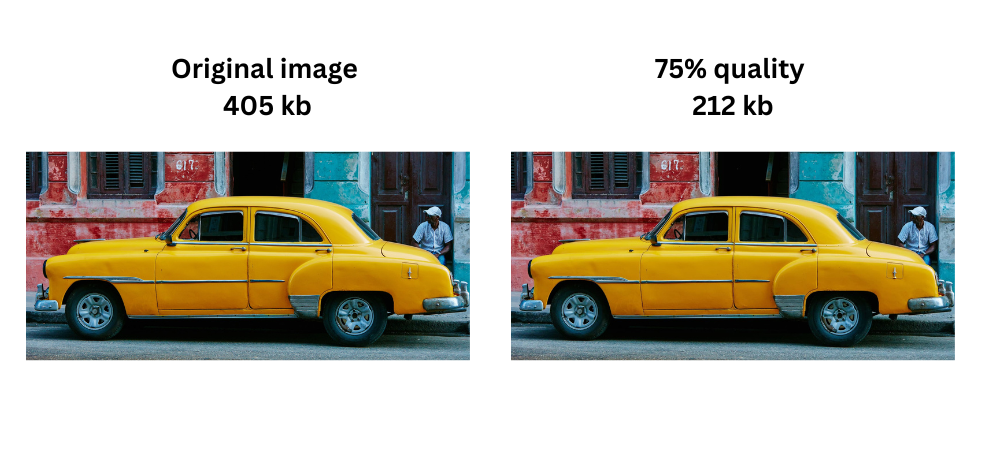
Optimizilla appears to be a better compression tool for PNG images. When uploading this PNG image to Squoosh, the file size actually increases by 18% with no quality slider.
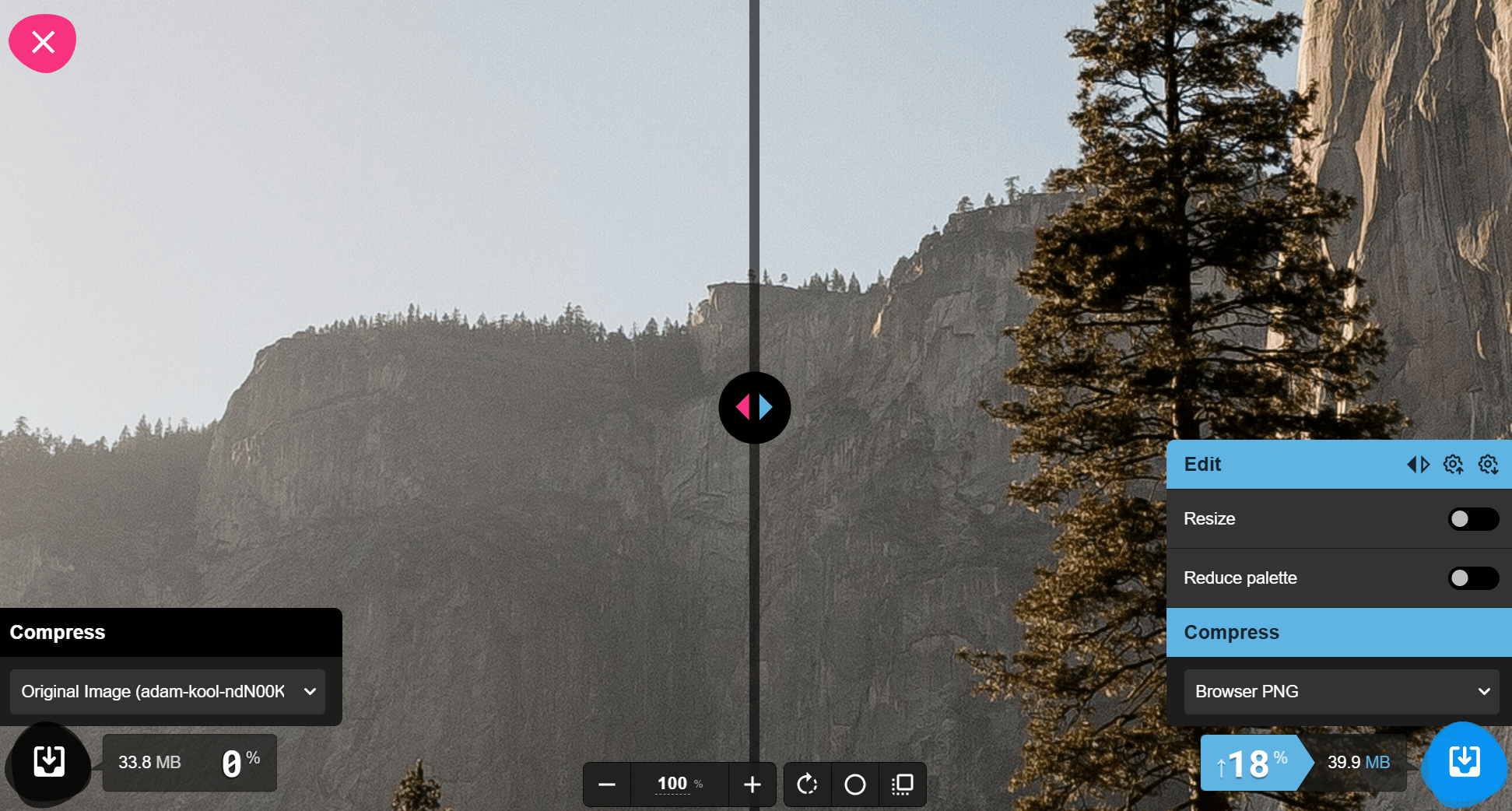
However, when we upload the same image to Optimizilla, we can see an automated reduction of 63%.
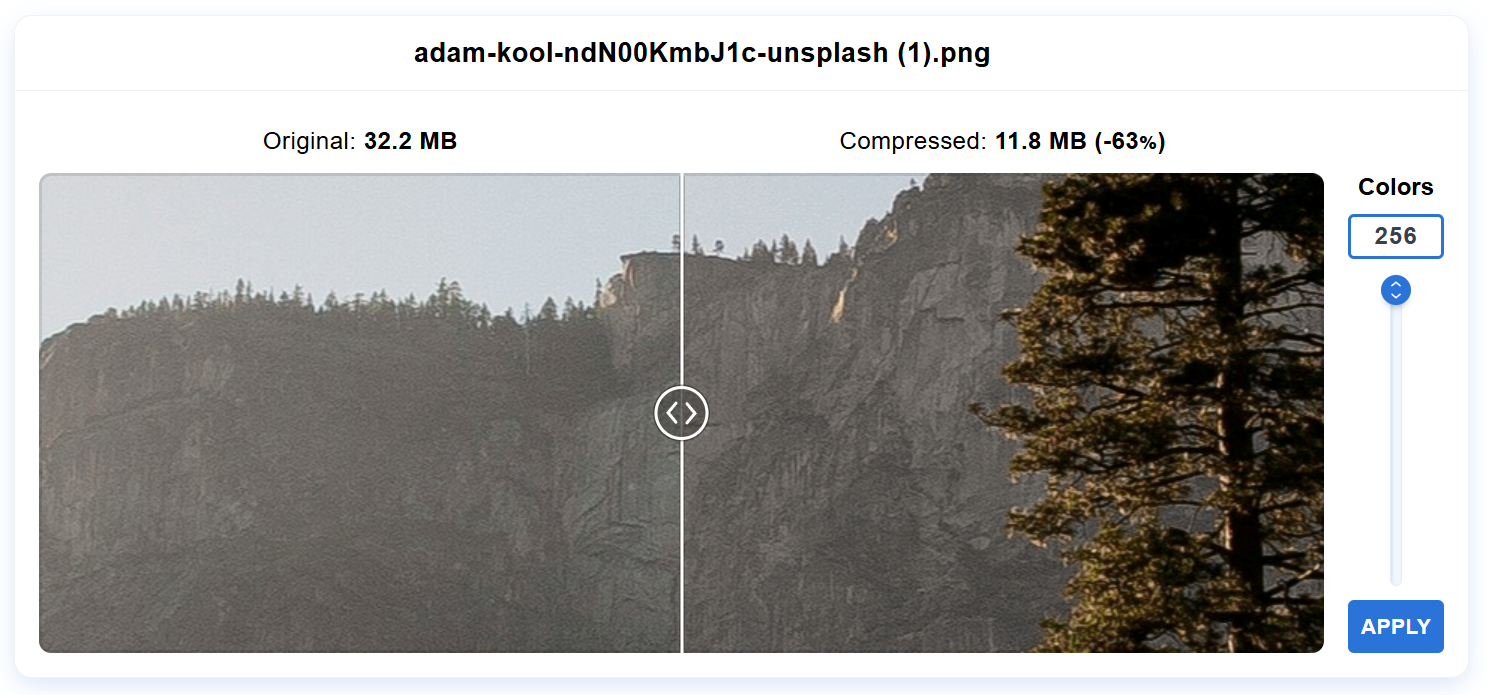
When selecting Squoosh's OxiPNG option for a smaller image, we can see a slight reduction in file size when using level 6 effort. While the quality of the image remains high.
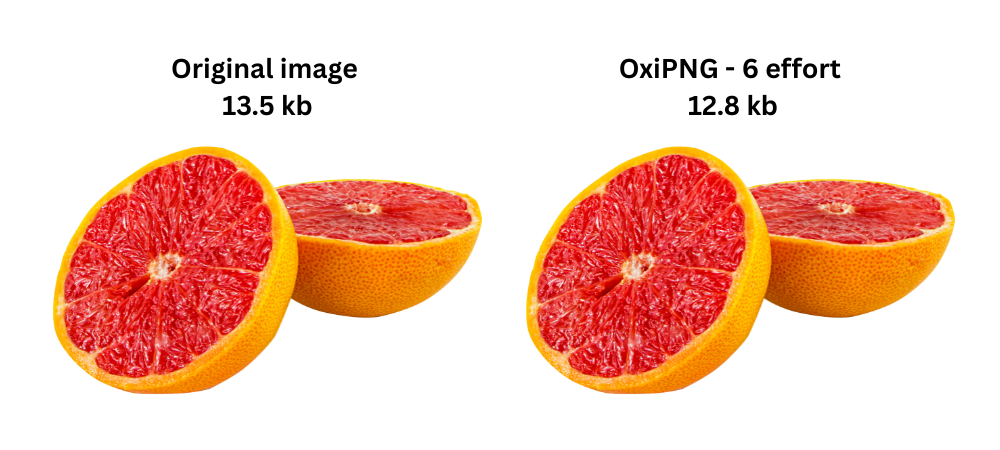
Finally, Squoosh is our only option for WebP images and we can see efficient compression here. With a lossy compression format at 75% quality, the file size reduces from 1,475 kb to 238 kb.
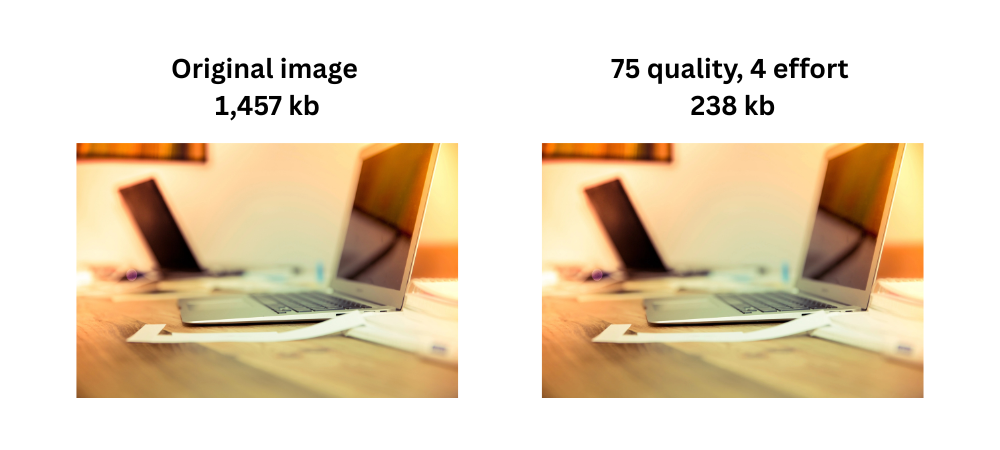
Overall, Squoosh offers better compression results as it supports more modern file types and provides more compression options.
Conclusion
If you need a faster solution, Optimizilla’s bulk compression is your best bet. However, the tool lacks advanced features for those who want more control over compression. With support limited to PNG, JPEG, and GIF. Optimizilla may not be suitable for websites using modern image formats.
On the other hand, Squoosh doesn’t support bulk compression but is a more advanced tool. It offers a wider range of formats and the ability to work offline, making Squoosh a great choice for those who need more flexibility.
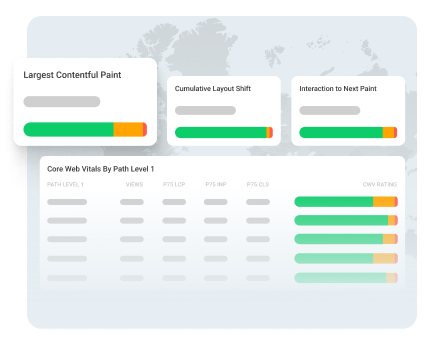

Monitor Page Speed & Core Web Vitals
DebugBear monitoring includes:
- In-depth Page Speed Reports
- Automated Recommendations
- Real User Analytics Data
